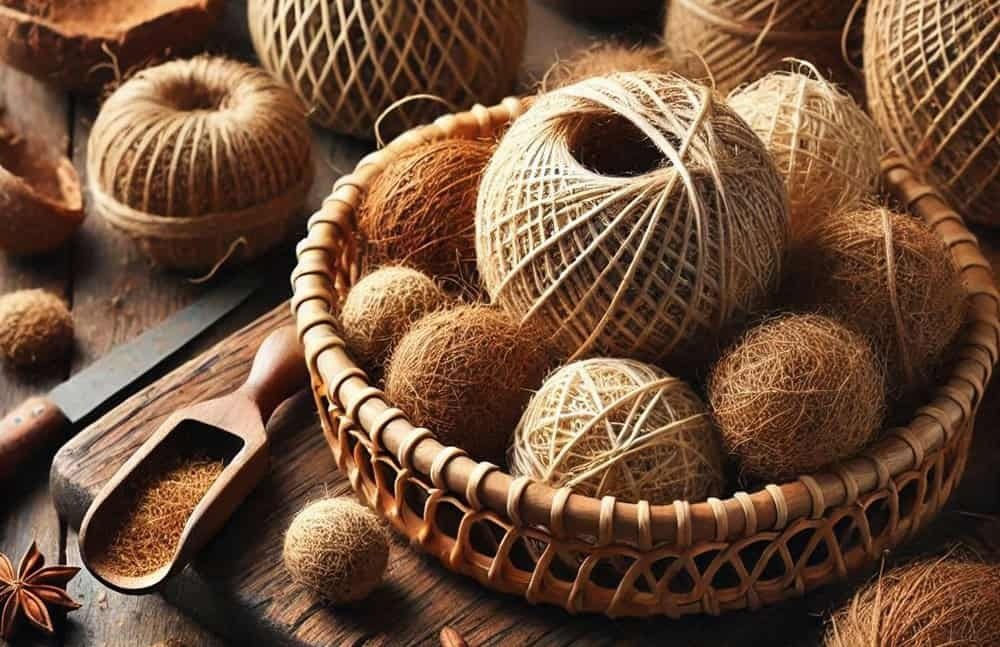
Looking for Coir Vs Sisal guide?
Sisal and Coir both are nature friendly and sustainable material that has a variety of application. If you are looking to explore both the benefits of Coir and Sisal, you have just landed on the right page. There are little differences between the both of two which we will be explaining. This would help you make your next buying decision easy.
Sisal
Sisal composition is Agave Fibers. It is extracted from various types of agave species. Sisal is available in number of varieties differentiating in the tightness the weave has. Numerous designs are available in the market and the comfort is dependent on the design you choose. Sisal is available in natural colors ranging to solid colors and also a combination of multi-color mix.
Sisal traditionally was used to make twine and ropes due to is toughness and heard weaving. Now a days its commonly use in weaving of carpets. Sisal carpets are commonly used in high traffic areas such as stairs, landings and common areas. As sisal reacts well with colors, there is a huge range of attractive colors. The downside of sisal is that it doesn’t perform well in high moisture areas and is required to be protected with spill. Other uses include wall to wall floor covering. These sisal rugs and carpets are among the most popular natural fiber rugs due to its organic beauty, durability that easily blends with different design styles.
Coir
Coir on the other hand is extracted from the outer part of coconut husk which is extremely durable. Coir is used in a wide array of applications as compared to Sisal. Coir comes in different forms, and has applications in a variety of industries with the most leading option of hydroponics. With a rough and scratchy texture, it holds the color well. Coir that is woven is difficulty to weave and sturdy. Coir is not among the softest texture, but is highly durable. Its commonly used for carpets specially in areas where there is high traffic. It provides protection against slips and is not prone to bacteria. Its used for entrance halls and stairs commonly.
Sisal and Coir are both relatively common in the matting industry. These are very easy to maintain and have hard, natural vegetable fibers. Coir and Sisal are not easily damaged with Sand and are also commonly used for flooring and walls. They are less vulnerable to abrasion.
If you are used for Coir mattings then there is a selection of coir yams which are tough, fibrous which are surrounded on the coconut. There are often irregularities and characteristics in weaving of coir or sisal which may be apparent when exposed to sunlight. It may also resemble to shade of tones of unfinished woods. Maintenance of coir or sisal is not very high. Just a regular vacuum with a strong brush is enough for a day when caring for Sisal or Coir. As vacuum has a strong suction its pulls out all the dirt that underlay between the fibers. If the coir or sisal are frequently vacuumed, it helps in increasing the matting life.
We hope that this blog helps you make an appropriate decision for you need and judge whether coir or sisal is best for your needs.
Contact Earth Scape a coco peat manufacturers in Sri Lanka for more details.
Editorial Staff
Editorial Staff at Earth Scape are experts in coco peat.
